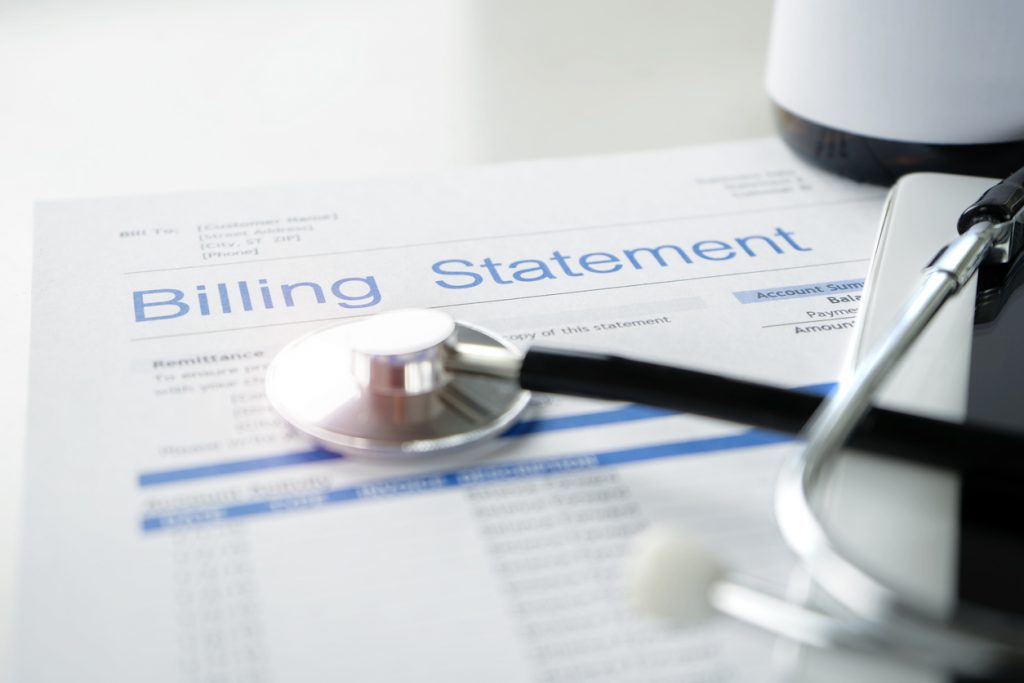We’ve written often on this blog about the benefits of patient friendly billing, including prompt payments, reduced cost to collect, and greater patient satisfaction. But how can you measure these benefits? How can you properly attribute improved financial performance—for example, reduced A/R days—to your new billing statements?
With slim operating margins, hospitals don’t have room to pour money into procedures and technologies that don’t produce ROI. Tracking and measuring the right metrics can help you determine your ROI for implementation of patient friendly billing, as well as highlight areas for further improvement.
Important metrics tied to billing statement effectiveness include:
- Days to collect
- Cost to collect
- Online payment adoption vs traditional mail payment (online payment is more cost effective)
- Payment plan utilization (helps reduce bad debt)
- Call center volume (related to people calling for help understanding their statement or using payment tools)
Let’s look at some ways to use these metrics to measure the value of patient friendly billing statements.
Patient Billing Effectiveness: 3 Important Metrics to Measure

1. Average days from statement to payment
How to measure: Statement date – payment date
This is one of the most important metrics in determining the effectiveness of your billing. Speedy payment keeps cash flowing and available for reinvestment. Every day that balances go unpaid can contribute to a lack of cash for necessary business activities. Delayed payments also cost more to collect.
2. Cost to collect
How to measure: Amount collected – (delivery cost + labor cost)
This is an important metric when comparing your old statements or billing methods to the new, or one billing or payment method (mail, email, phone, online) to another. You will need to total up not only the cost to deliver the statements over a certain period (including any follow-ups) but also the labor cost specifically tied to collection. This may include follow-up calls from in-house staff, or time spent answering billing questions from in-house or call center staff.
An increase or decrease in collection costs over a period of time is a good indicator of whether your new billing statements are doing their job to drive payments.
3. Revenue per statement
How to measure: Amount collected/number of statements sent
You can use this metric as a simple comparison between your old billing and your new patient friendly billing, or to test the effectiveness of different billing and payment methods. You can also use it to perform a/b testing for different elements of a bill design, much like designers test a website for the most effective headline size or button colors. Though it seems like a small thing, the way a bill is laid out can have a huge impact on how easily a patient understands it, which in turn can affect speed to payment.
When making these comparisons, it’s important to test only one change at a time. If you test different wording on your bill at the same time as a design overhaul, you won’t be able to isolate the factor that caused the improvement or decline.
How to Evaluate ROI for Your Patient Friendly Billing Statements

1. Set a benchmark.
In order to determine if your new patient friendly billing statements were worth the investment, you need a benchmark for your billing and collection costs before the change.
2. Identify the costs associated with generating and sending your patient billing statements.
Examples include mailing costs, software or technology costs, and/or costs paid to an outsourced vendor to generate your statements. If you want to evaluate a recent switch to patient friendly billing, factor in any implementation costs for the new system, such as training.
3. Isolate the change.
For example, if you see an improvement in days to pay, but you rolled out your new billing statements and new online payment system on the same day, it will be difficult to attribute the improvement to either one of those factors. Or, your payments may have increased after implementation of the new statements, but so did your call center volume—meaning the extra labor may have neutralized your ROI.
4. Calculate ROI.
It may take time for patients to adjust to the new billing statements, even if they are vastly improved. After the new statements have been in circulation for a few months, you can begin to calculate the ROI. Add up and compare the costs to your benchmarks.
5. Continue to track.
Continue to track and compare ROI over the long term at predetermined intervals. This will help you identify trends and areas for improvement.
Reap the Benefits of Patient Friendly Billing With RevCycle
From combined guarantor billing statements to patient financing options, RevCycle offers a variety of solutions to increase cash flow, reduce collection costs and improve patient satisfaction. Send us a message or call 888.576.5290 to schedule a phone consultation at your convenience. We’re happy to address any revenue cycle concern!

